by Lynn Barendsen
For the first time in a couple of years, it appears that a majority of Commencement celebrations have taken place in person. College seniors—who have certainly seen their share of disruption over the past two years—gathered together with family, friends and mentors to celebrate their accomplishments and mark the transition into their next stage of life.
And, in another return to relative “normalcy,” dignitaries from multiple worlds stood behind podiums to offer wisdom to the class of 2022, many of whom are poised to enter the working world. Perhaps not surprisingly, we see a number of good-work related themes in their words.
Vice President Kamala Harris, addressing the graduating class at Tennessee State University, emphasized the unique promise of this class. Here at The Good Project, we might understand her advice as turning “obstacles into opportunity” as she points to their particular vantage point and the possibilities they might see from their perspective:
“As the class of 2022, you bring possibility to the table. You are a generation that grew up online and survived a pandemic. You are familiar with a world that, for many of us, feels a bit strange and new. You have been engaged with this world since you were little… Most importantly, you have the ability to see what can be, unburdened by what has been. To look at the challenges facing us and find solutions that generations before could have never imagined.”
Documentary filmmaker Ken Burns, addressing the graduating class at the University of Pennsylvania, used the moment to talk about responsibility, and to place the responsibility for change squarely on the shoulders of the graduates:
"We've nearly broken this Republic of ours, but somehow you've got to fix it. You're going to have to initiate a new movement, a new Union Army, that must be dedicated above all else—including your career and personal advancement—to the preservation of this country's civic ideals. You'll have to learn, and then re-teach the rest of us that equality—real equality is the hallmark and birthright of all Americans."
Grammy award winning musician Taylor Swift, addressing the graduating class at NYU, emphasized the importance of learning and resilience (or, in good work terms, pausing to find time to reflect before moving forward):
“There will be times in life when you need to stand up for yourself. Times when the right thing is to back down and apologize. Times when the right thing is to fight, times when the right thing is to turn and run. Times to hold on with all you have and times to let go with grace. Sometimes the right thing to do is to throw out the old schools of thought in the name of progress and reform. Sometimes the right thing to do is to listen to the wisdom of those who have come before us. How will you know what the right choice is in these crucial moments? You won’t… hard things will happen to us. We will recover. We will learn from it. We will grow more resilient because of it.”
Hamdi Ulukaya, founder and chief executive of Chobani, spoke to the graduating class at Northeastern University. He told a classic “good work” story, one in which he was torn between responsibilities as he tried to build a business that was at once, good to his employees and good for business. Ulakaya explained that as Chobani started to grow, he realized that there was a community of refugees close by who were eager for employment. He was advised not to hire them, that his company would be boycotted, and that IF he decided to hire them, he should certainly keep this fact quiet. His response—and his encouragement to new graduates—was to find and speak their own truth:
“I said, ‘If I’m going to lose everything, I’m going to speak the truth!’ That’s what we did. We hired a few refugees, and then we hired more, and we hired more. Today, we are the leading brand of Greek yogurt in America—and we have hundreds and hundreds of immigrants and refugees working for us in Idaho and upstate New York.”
Finally, New Zealand Prime Minister Jacinda Adern, speaking at Harvard’s Commencement, spoke to the importance of embracing diverse opinions, productive disagreement and trust:
“The issues we navigate as a society will only intensify. The disinformation will only increase. The pull into the comfort of our tribes will be magnified. But we have it within us to ensure that this doesn’t mean we fracture. We are the richer for our difference, and poorer for our division. Through genuine debate and dialogue, through rebuilding trust in information and one another, through empathy – let us reclaim the space in between. After all, there are some things in life that make the world feel small and connected, let kindness be one of them.”
These commencement speakers relayed messages of hope and overcoming obstacles with tenacity at a time when the challenges we face feel unprecedented. Originally intended for the graduates, their words offer a source of much-needed inspiration for all of us.





